The most important historical building in Rennes is the “Parliament of Brittany.” However, this was not the typical purely legislative edifice we have come to know, but, rather, a court of justice.
Prior to 1789, when all “Parlement” offices were formally put to an end , the Parlement de Bretagne was a “...sovereign court of justice...” handling appeals from lower jurisdictions (i.e. an appeals court). It did have some restricted legislative powers and was deemed to be autonomous from the monarchy ( established as the “Breton Liberties” under the Treaty of Union with France.
In 1532, the Dutchy of Brittany officially became part of the Kingdom of France. Twenty-one years later, the “Parlement de Bretagne” was established, with it location alternating between Rennes (August to October) and Nantes (February to April). Rennes began to raise taxes for the construction of a new parliament building in 1578. Its foundation stone was laid in 1618 and the building opened in 1655.
Louis XIV became angry with Rennes for its support of the Stamp Duty Revolt and punished the city by moving parliament to Varennes in 1675, Fifteen years later, it was able to return to Rennes. When France set up new administrative areas in the country during 1790, Rennes’ Parliament opposed it and refused to send representatives to the “ Etats Generaux.” So, the French government shut Rennes’ parliament down. By 1804, things had eased a bit between the city and the country, with the result that Rennes was able to host a new Court of Appeals.
A devastating fire on February 4-5, 1994 (set off during violent demonstrations by local fishermen) destroyed the Parliament building. It took five full years to restore the building to the level that it could reopen. This seat of the regional appeal court attracts large numbers of tourists each year, and is one of the few places in France where justice and tourism coexist.
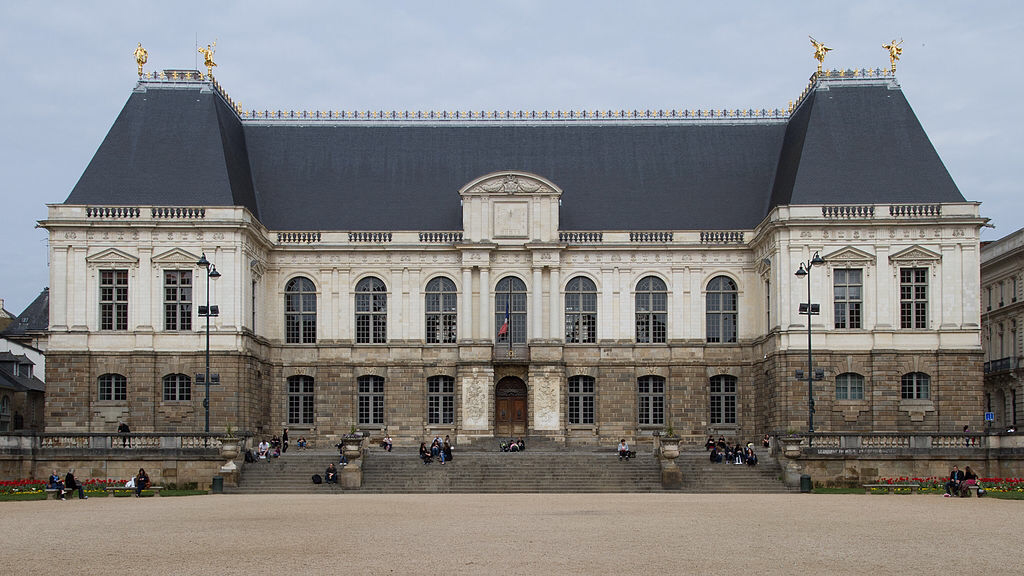
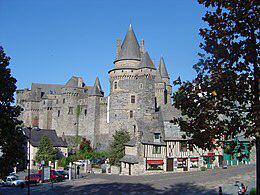
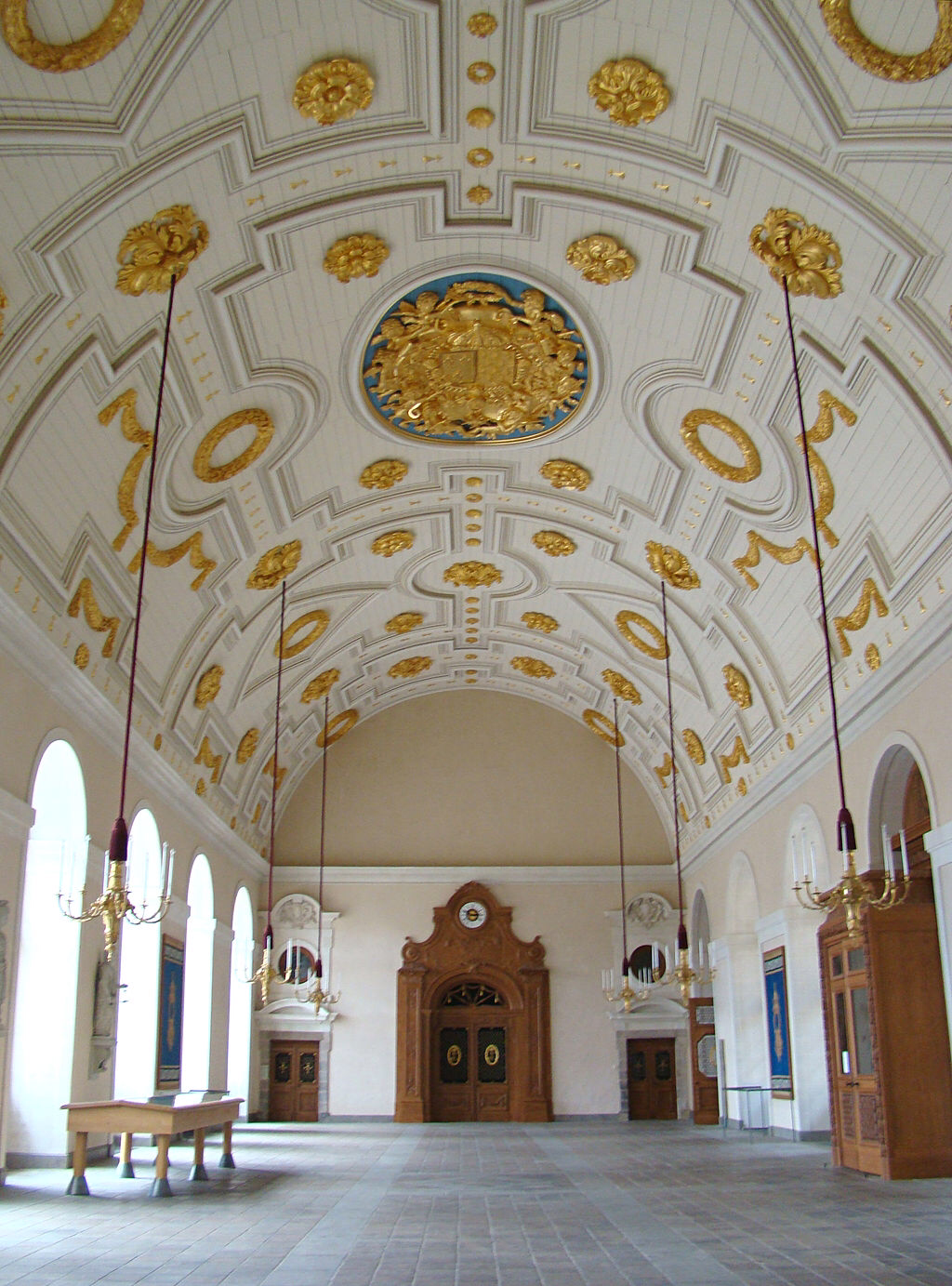
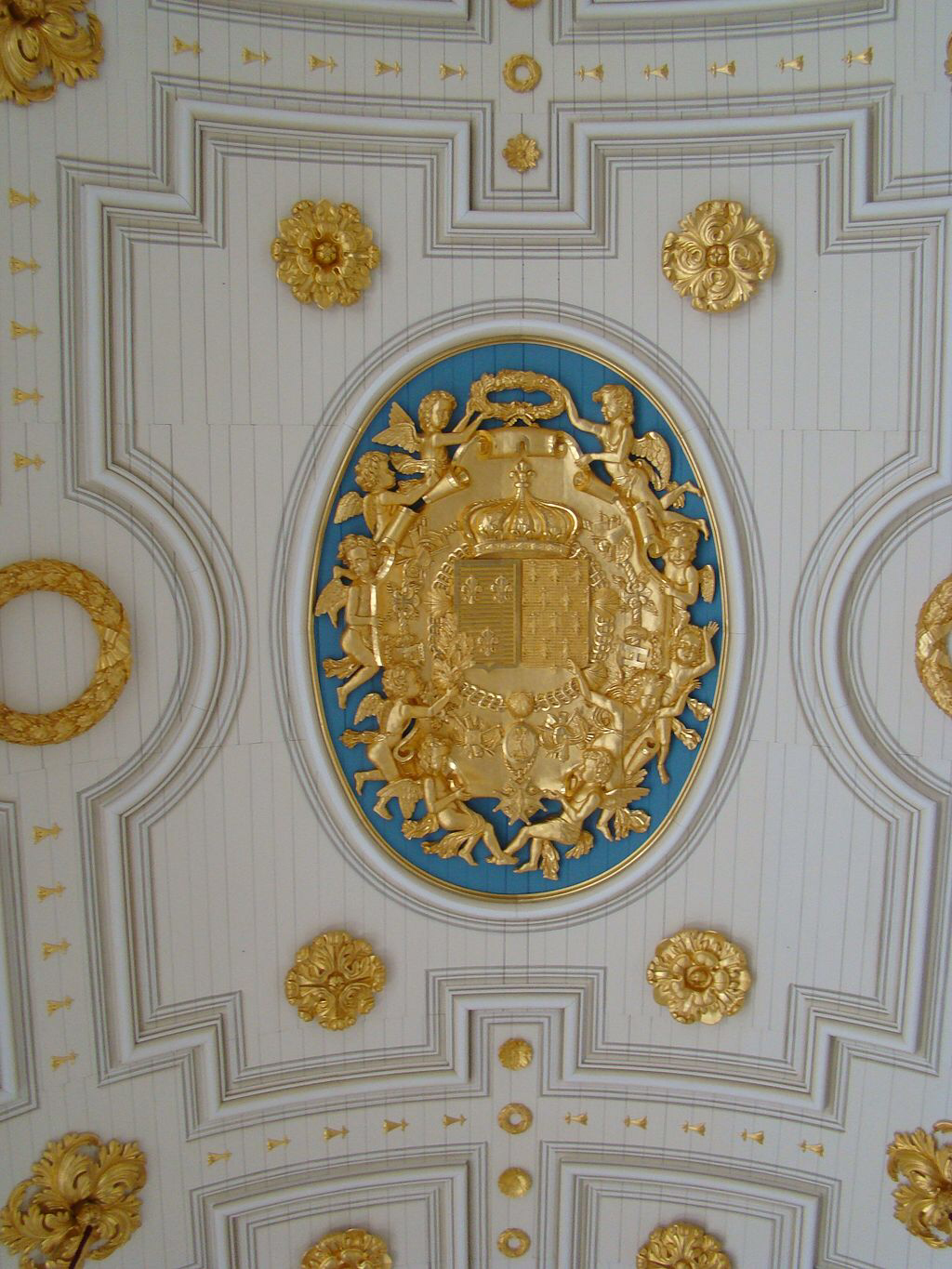
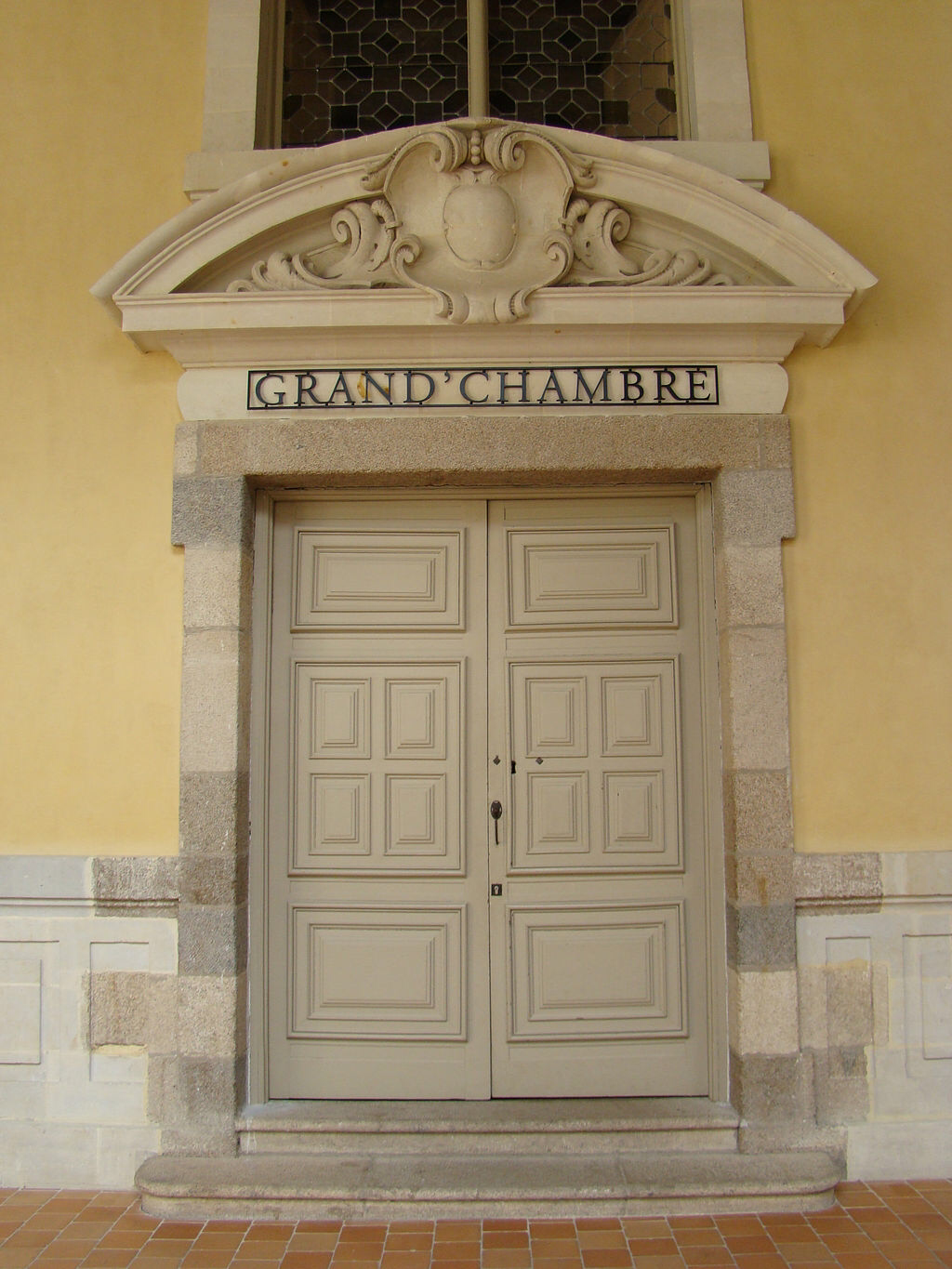

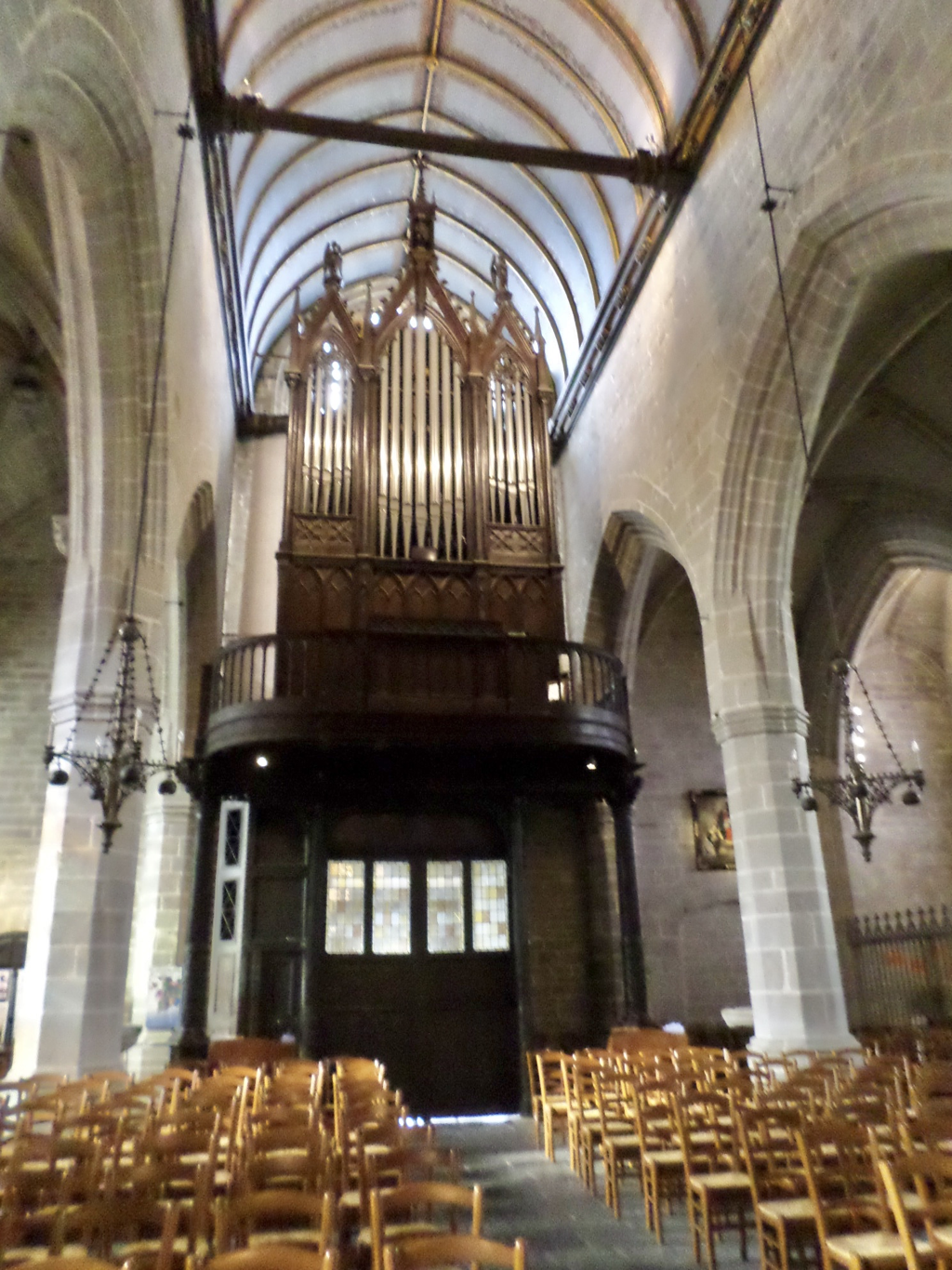


 RSS Feed
RSS Feed
